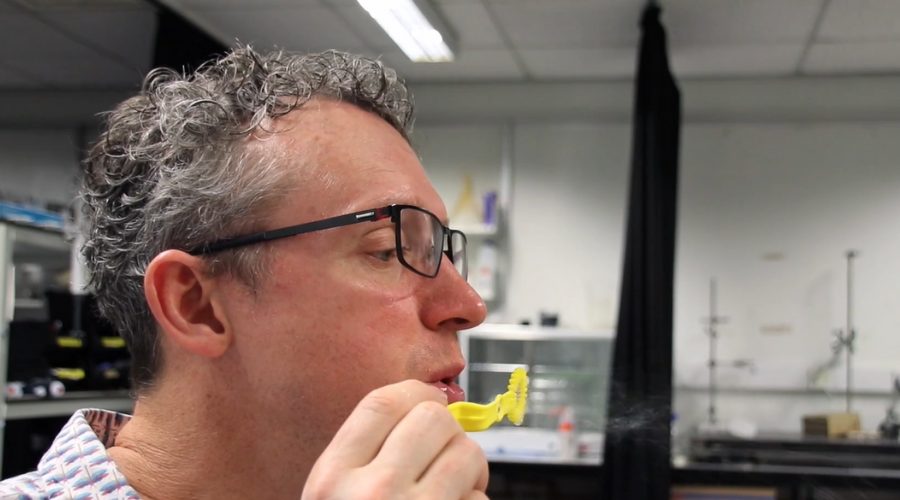Scientists at Nottingham Trent University have come together to find the “sweet spot” for blowing bubbles
In an international effort, scientists from NTU and Paris-Saclay University in France found an “optimum” method for creating a bubble from soap mixtures after one of the team member’s children struggled to blow bubbles when blowing either too fast or too slow.
A study of around 1500 bubbles found that an air speed of 7.5 metres per second was the perfect threshold velocity in order to form a bubble.
Dr Dave Fairhurst, a physicist at Nottingham Trent University, said: “The inspiration for this study came from a day in the garden with my kids. They were quite young at the time and we were blowing bubbles together.
“They tried and they couldn’t do it. They weren’t blowing hard enough – they weren’t even really blowing hard enough to bend the soap. So I said they had to blow a bit harder, and they did, and that was too hard and again they didn’t get bubbles.
“And then I realised that there must be a blowing speed in between, not too fast and not too slow. Where is the optimum speed for blowing bubbles?
“It made me think ‘what does the speed depend on?’. Well it’s actually to do with the properties of liquid, the water and the soap solution, and to do with the molecular. The surface tension.”
He added: “What we found is that there’s a window of wind speeds over which you do get nice bubbles. At high speeds they are small, they are probably only about twice the size of the wand that you are using.
“As you get slower and slower, there’s a really rapid increase in size. If you’re to slow you don’t really deform the soap and the bubble doesn’t detach, slightly higher and the bubbles grow really nice and big and then detach.”
Scientists from England and France worked with a team of local school pupils to observe how bubbles were formed and the best ways in doing so.
They found that light blows would only deform the soap film a minor amount as there would not be enough force to overome the surface tension.
Too firm a blow, however, would result in a sausage-shaped bubble which would break into several smaller bubbles.
They also found that blowing in a downward direction had the best results as gravity pulls the liquid into the film to make it firmer.
Dr Anniina Salonen, Associate Professor at Université Paris Saclay, said: “This work gave a first taste of an international collaboration to the young students, as they shared the experimental data between French and English groups.”
The team reported their findings in the Royal Society of Chemistry journal Soft Matter.
By Matt Lee
Lead Image: Nottingham Trent University

